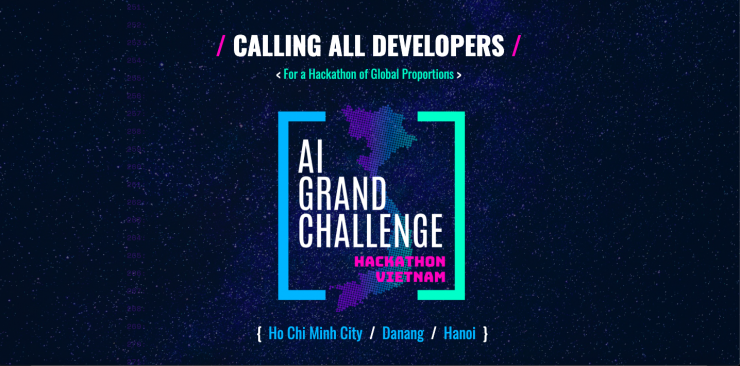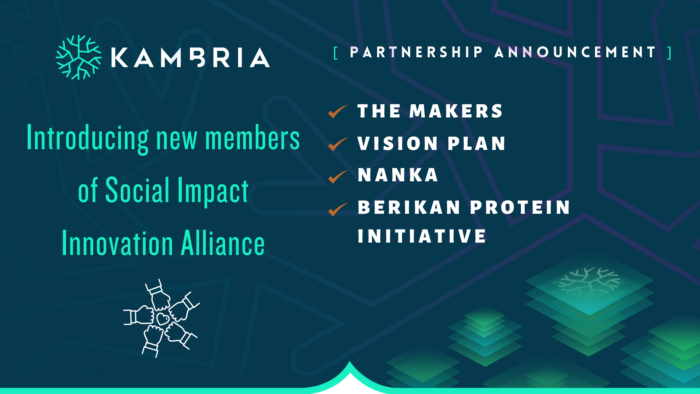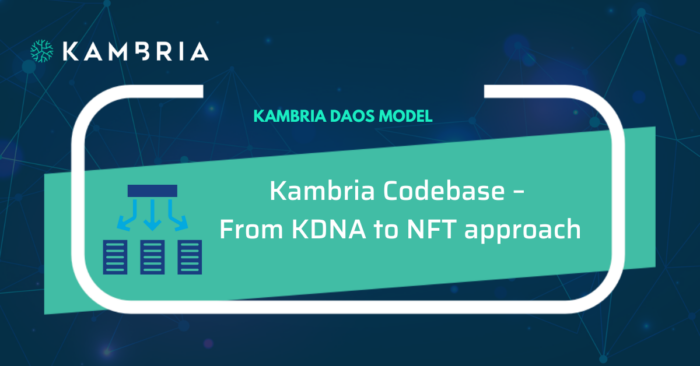
The virtual assistant market is booming! Thanks to artificial intelligence (AI) technology, devices that model human interaction to perform multiple tasks have grown considerably in popularity. Google Assistant, Microsoft’s Cortana, Apple Siri, and Amazon Echo are widely known. But there are other incredible real-world applications across industries such as education, healthcare, home care, and self-driving cars gaining ground due to the growing trends of outsourced assistance, a mobile workforce, and placing importance on customer engagement. Here’s a look at robust, real-world applications of AI and virtual assistants making life better for people worldwide.
No Student is Left Behind with the Help of AI
While AI will never replace human teachers, it can provide beneficial learning support and is already being integrated into school systems at both the classroom and institution level. One common way teachers are using AI virtual assistance is through the use of chatbots for encouragement, reminders, and prompt assistance to help students stay on track.
Over at the STEM Academy of Lewisville, teachers use the Ohmni telepresence robot to increase interaction and engagement among students and subject matter experts. Astronauts from NASA, for example, are able to use this collaboration tool to dial in and provide instruction to students, giving the feeling that they are right there in the room.
Both Colorado State University and California State University East Bay have implemented Cognii, a virtual learning assistant that can grade short essays and provide interactive, one-on-one tutoring using advanced artificial intelligence, natural language processing, and cognitive computing technologies.
At the institutional level, AI virtual assistants are being used to provide a higher level of service since they can be used 24/7. The Georgia State University admissions office uses virtual assistants to respond to more than 50,000 student messages, of which less than 1% required the direct attention of a staff member. Georgia Tech uses artificial intelligence to answer questions from students registered for an online course.
And this is only the beginning. Imagine being able to attract the best foreign applicants to your school by transporting them to your campus, giving them a tour, and allowing them to engage with professors and peers alike. This is what Seattle Pacific University did with one student from China. Because the school shares a telepresence robot with her, she feels like she belongs and can learn in the same room and at the same time as other students.

AI Helps Families Stay Connected
Across the world, human life expectancy is increasing. Due to modern medicine and public health initiatives, the average person now lives almost 20 years longer than in the 1960s. This increased longevity leads to higher demand in elder and home care for those who live alone and require daily assistance. Due to the lack of skilled caregivers, companies are developing AI-based digital assistants and digital companions to provide additional and supplemental support that can be tailored to individual patients.
One device called ElliQ is aimed at keeping older adults active and engaged by connecting them to their families and the outside world. As a “friendly, intelligent, inquisitive presence” in daily life, ElliQ responds to questions, offer tips and advice, and makes users feel like there is someone nearby with whom they can communicate. This same presence and reassurance is something the OhmiLabs telepresence robot provides as well. Ohmni makes it easy for family members to observe another member’s daily activities and provide guidance and support because the robot’s mobility can be controlled remotely. Adult children love being able to look after their aging parents using Ohmni.

Another device that’s helping keep seniors safe at home is Livio AI, a hearing aid with embedded sensors and artificial intelligence which can detect when a hearing aid wearer falls and send alerts to selected contacts for assistance. There are so many products in the market, it’s much easier to take care of loved ones.
AI is a Win for Both Companies and Consumers in Healthcare
Healthcare is another huge sector that employs AI virtual assistants. Today, most healthcare systems are strained; practitioners are overworked and easily face burnout due to the increasing prevalence and demands of chronically ill patients. Unfortunately, chronic care management is the future of healthcare with 86% of healthcare costs are attributable to chronic conditions.
Health systems are faced with the challenge of improving patient outcomes while still keeping costs down and alleviating the burden on caregivers. AI and voice-powered virtual nurse assistance, Care Angel, strives to deliver better patient care through health monitoring, ongoing chronic care management, assessments, and screenings. Care Angle’s technology can expand patient care 24 times versus nurses alone. This incredible difference allows more patients to receive necessary care and save hundreds of labor hours per month.

For practitioners, AI virtual assistants offer hands-free documentation capabilities. A surgeon who wants to add a note to a patient’s file while doing a procedure can use a voice-powered device in the room listens and responds in a hands-free way. And digital consultant apps can help caregivers streamline medical consultations based on medical history and common medical knowledge. Ada Health’s AI-powered platform supports clinical decision-making and allows physicians to identify and classify symptoms pre-emptively before patients suffer too much pain or illness.
Robot Rides are Here!
One of the most exciting areas of AI virtual assistants is self-driving cars. Yes, it feels very futuristic, but believe it or not, robots ride are here. Using AI, self-driving cars are able to analyze the environment and navigate without human input. They can make decisions using positional information from a GPS and inertial navigation system. Inputs are processed and repeated multiple times each second until the vehicle reaches its destination.
Large auto manufacturers like Tesla, Nissan, General Motors, and Mercedes are pouring billions of dollars to develop their own technologies. And hundreds of startups now offer improved radars, cameras, lidars, maps, data management systems, and more to the auto giants.
Today, in Texas in the United States, anyone in the general public can request a ride through the Drive.ai mobile app and be transported to local destinations. Riders choose where they want to go and the nearest available vehicle dynamically routes the way. Over in Arizona, USA, Waymo, which began as the Google self-driving car, is developing a self-driving, ride-sharing service as well. There are so many projects being developed that self-driving cars have leaped out of our imaginations onto the road.
Why the Banking Industry Loves to Integrate AI
One of the more common uses of AI in banking in consumer chat assistant. These assistants use voice and text to conduct conversations meant to replicate human conversation. Due to machine learning and natural language processing technology, assistants can learn from their interactions and hold seemingly natural conversations with users, thereby improving a bank’s offerings and services, especially in mobile banking.
Mobile banking has grown incredibly around the world and today mobile devices are helping reshape interactions between banks and consumers. Bank of America uses Erica, a virtual financial assistant, to support more than 25 million mobile banking clients. And HSBC Hong Kong employs Amy, who is fluent in both Chinese and English. Integrating virtual chat assistants into mobile banking is a great step towards making mobile-first interactions more seamless and natural.
AI is Now -- Join the Movement!
Across industries, AI virtual assistants help companies meet customer expectations while reducing customer service operational costs as seen in healthcare, home care, and education. At the same time, these assistants are driving technology forward by creating new products and services like self-driving cars and telepresence robots. This is an exciting time to join the AI Virtual Assistant movement either as a developer or as a company.

We invite you to learn more about the Vietnam AI Grand Challenge, a government-backed initiative organized by Kambria, that will bring together Vietnam’s best AI talent and support corporations in Vietnam and globally in designing the ultimate virtual assistant. To learn more and register, please visit: https://www.aigrandchallenge.com/.
The Kambria Team







